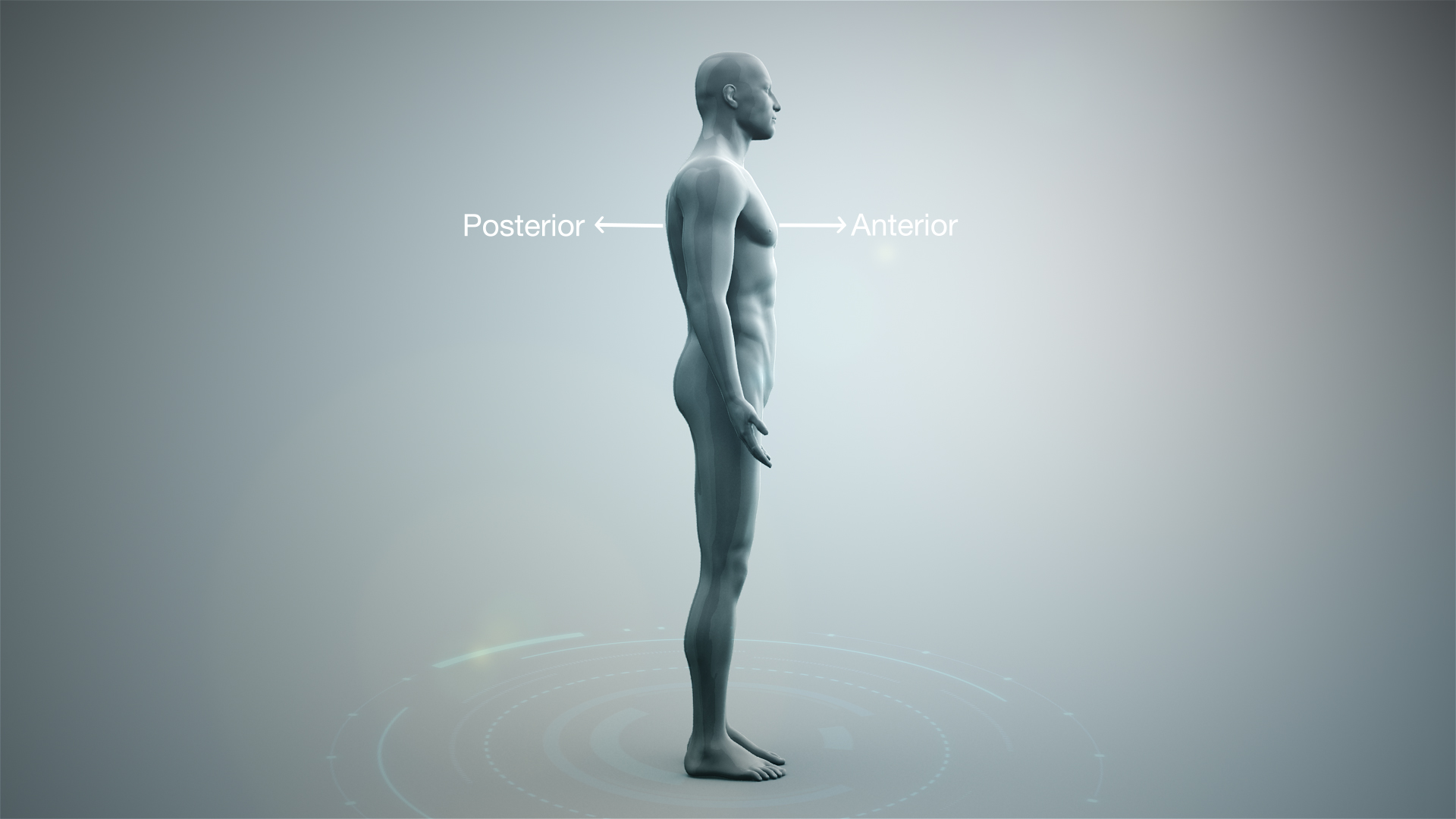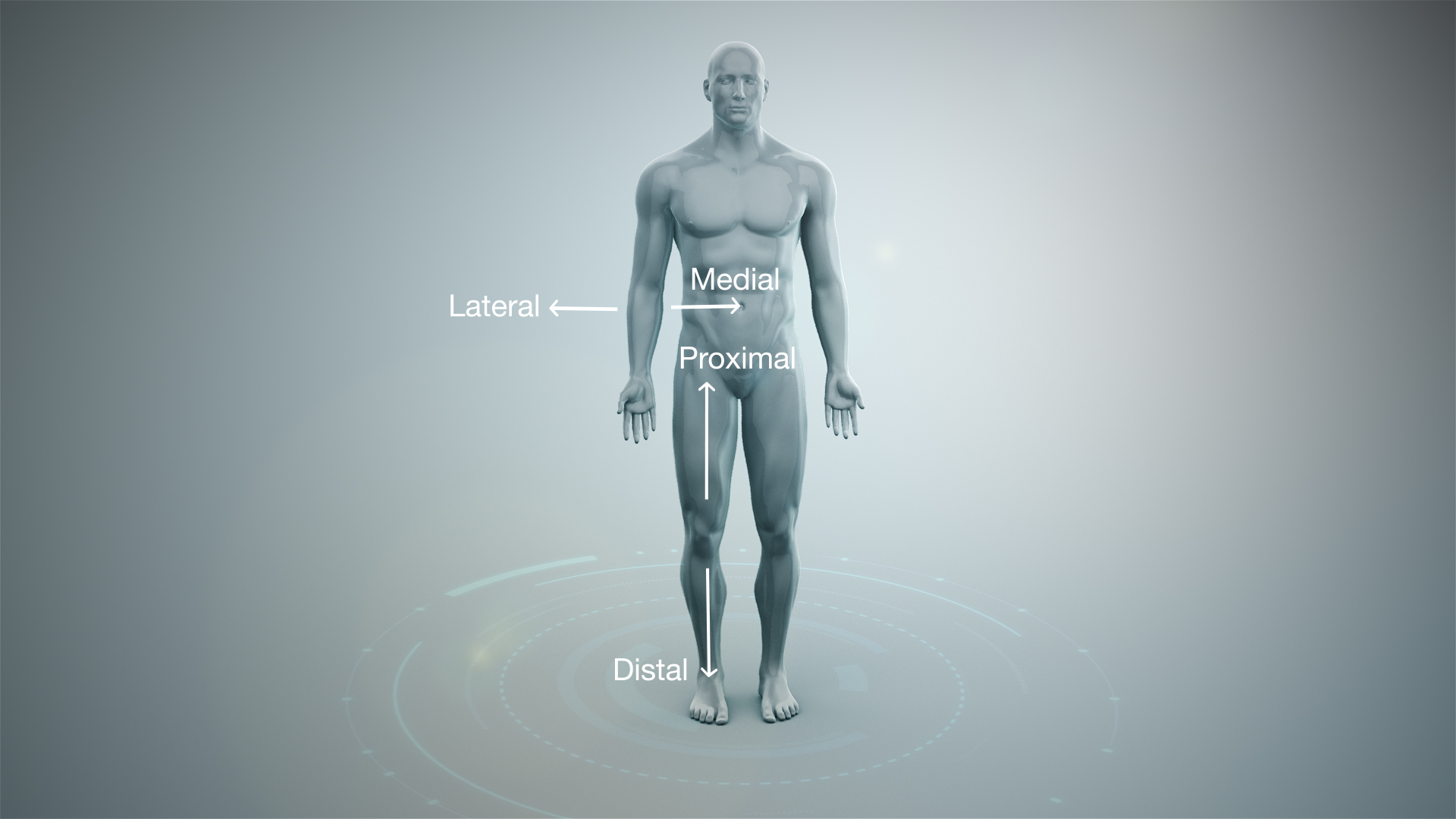As a patient, we often hear doctors use terms that we don’t understand. Even more frustrating are terms that we think we understand, but that do not actually mean what we think they do. Medicine has many such choice terms that have dictionary definitions that do not match their medical ones. In this article we illustrate some most common discrepancies:
Inferior and superior: The terms inferior and superior in medicine are used to describe position rather than quality. A superior vein would be “on top of”, while an inferior vein is “underneath of”, rather than “worse than”. An easy way to remember this is that “super” is another word for “over” as in superimposed.
Anterior: the word “anterior” might sound like it should mean “behind” but it actually means the opposite, “in front of” or “before”. The prefix “Ante” sounds like “anti” but actually means before rather than opposite. For example, the full form of a.m. which is used to describe time in the morning, is ante meridiem, so “a.m.” actually stands for “before the middle of the day”. Medically speaking, anterior means “before” in terms of time or position; it is the opposite of posterior (position) or post (time). Hence the opposite of post-natal would be ante natal.

Medial: “medial” is often believed to mean “centre” like the words “median” or “middle”. However, in medicine, the precise definition of medial is “on the inside of” and not necessarily “in the centre of”, The opposite of medial is lateral which means “towards the side or outside off” . For example, The heart is medial to the lungs, and the lungs would be lateral to the heart.

Hysterical: Commonly believed to indicate a fit of laughter, “hysteria” is any state of uncontrolled emotion. Medically, it more often refers to a state of fear rather than one of humour.
Distal: Often confused as a derivation from distillery or distillate, “Distal” has no relation to liquid or to purity. Rather distal is derived from “distance” and means “further away from”.The opposite of distance is proximity. Similarly, the medical opposite of distal is “proximal”. For example, the knee is proximal, or nearer to, the foot vs the pelvis. The pelvis in turn would be distal to the foot vs the knee.
Void: In normal parlance, void primarily means “to negate”, or “to undo”, when it is used as a verb. As a noun, it also mean “a space”. But medically, it can be used as a verb to mean “to empty” or “to create a space”. For example, to void your bladder is to go to the bathroom. A regular way for a medical practitioner to refer to a precursor for an ultrasound test.
Sometimes the latin and greek heritage of medical terms can be confusing. In medicine, many of these terms retain a meaning closer to their original latin or greek meanings. However, in modern language they have evolved. Terms that have completely exited modern language such as “Kardia” or heart, in greek, are less confusing because they retain only their medical definitions, e.g. Cardiac, cardiology, etc But those that have sustained in modern language often evolve adjacent, and therefore, confusing definitions.

Using 3D medical animation and illustration to visualize neurons – the body’s IoT system
The Internet of Things or IOT has risen to prominence and is touted as the next big thing. This has come about largely because of a confluence in three major areas. First, the ubiquitousness of high-speed internet. Read More..








